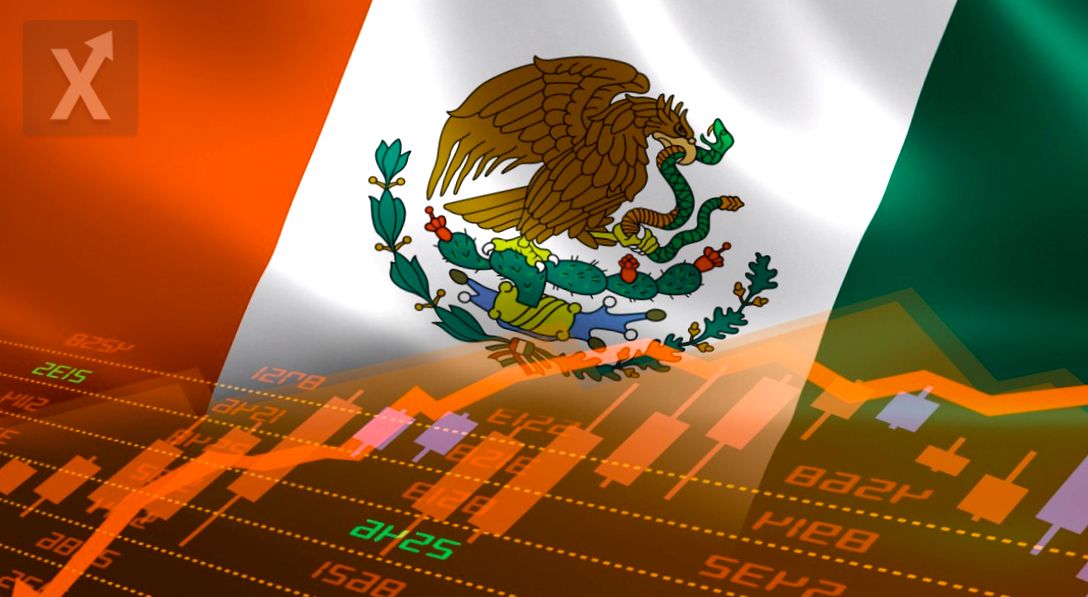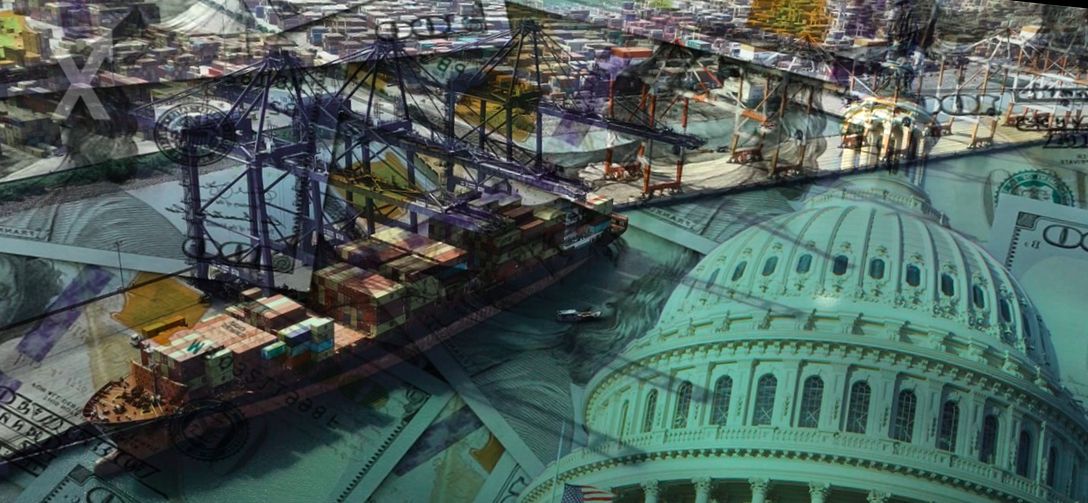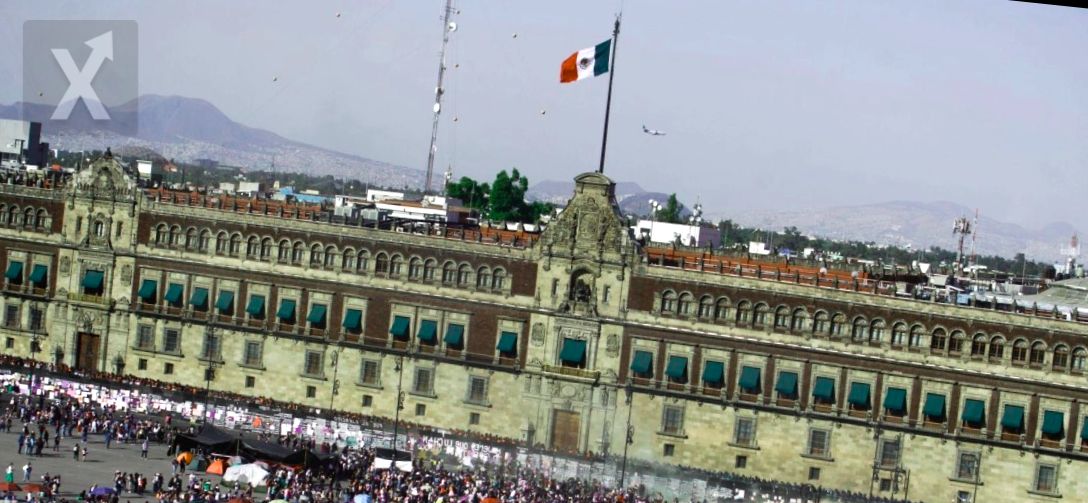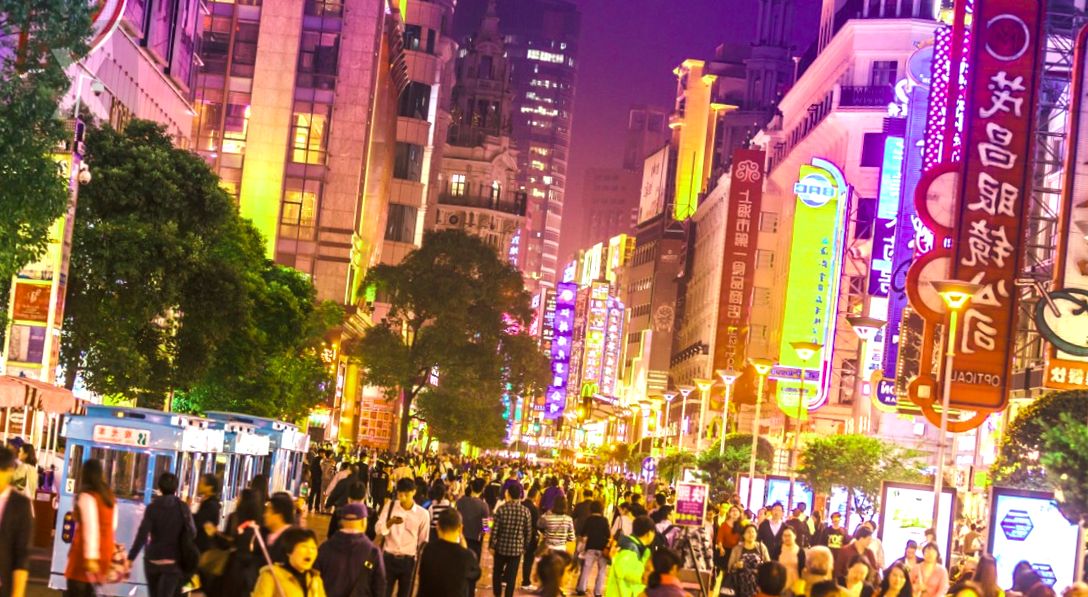The Rising Cost of Living in Mexico: What’s Behind It?

If you’ve noticed that prices are sky-high and it’s getting harder to make ends meet, you’re not imagining things: the cost of living in Mexico has risen significantly in recent years. Grocery shopping or going to the supermarket now requires budget adjustments and searching for other options. Back in September 2018, a kilogram of tortillas was priced at 10.5 pesos, the most affordable in the metropolitan area of Mexico City. By July 2024, the average cost has surged to 22 pesos. And that’s just the tip of the iceberg. The price of bulk beef has jumped from 100 pesos to almost 200, eggs have gone from 23.5 to 45.5 pesos; milk from 15 to 30 pesos. For Hass avocados, the price rose from 50 to 129.5 pesos, and Gala apples from 47.5 to 87 pesos per kilogram, according to data from INEGI.
But it’s not just basic food items that have seen increases. According to the Global Cost of Living Index from Numbeo, which considers rent, food, and purchasing power, Mexico ranked 104th out of 117 countries in 2018, a position that reflected its affordability. However, by mid-2024, it had climbed to 60th out of 121. Héctor Magaña, a professor at the Tecnológico de Monterrey and research coordinator at CIEN, notes that the cost of living refers to the money needed to cover at least basic needs. He highlights that between 2018 and 2023, prices for food and beverages rose by 41%, while the price of LP gas increased by 40% and Magna gasoline by 33%. Housing costs have also gone up; in cities like Mexico City, Monterrey, and Guadalajara, housing prices shot up by between 35% and 40%, and in areas with less demand, by as much as 25%. The rise in gasoline prices has pushed urban transportation costs up by 25% and intercity bus fares by 35%.
This phenomenon is due to several factors that have made life more expensive. Alejandro Saldaña, Chief Economist at Banco Ve por Más, points out that inflation has been a key factor. “All of this is closely related to inflation(...). After the pandemic, a global inflationary phenomenon was unleashed, and in Mexico, it has been quite significant, and we are still recovering from it,” he mentioned. He recalled that the country is still far from its annual inflation target of 3%. In September of this year, it stood at 4.58%. From early 2018 to September 2024, inflation in Mexico has reached 38.47%, according to INEGI. This means that purchasing power has significantly declined: in 2018, with 100 pesos you could buy 10 products, but now with that same amount, you can only purchase 6.
This period has been atypical, facing situations that have impacted the economy such as the COVID-19 pandemic and the ongoing conflict between Russia and Ukraine. “Accumulated inflation has seriously affected the cost of living due to rising prices,” said Magaña. According to figures from INEGI and Banxico, the inflation rate from 2018 to 2023 has fluctuated between 3% and 8% annually, with notable peaks. “Particularly in 2022 and 2023, due to the economic problems arising from the 2019 pandemic and disruptions in the global supply chain, as well as conflicts in Ukraine, international food and energy prices rose,” explained the professor from Tec de Monterrey. Saldaña added that during this period, the Bank of Mexico implemented “rather aggressive monetary policies that brought interest rates down to low levels, stimulating consumption, which in turn kept inflation high.”
What can consumers do in this situation? Despite the increase in the minimum wage during this time, it hasn’t been enough to counterbalance the rising cost of living, Magaña said. This is because the wage hike only applied to those in the formal sector, leaving many in the informal economy behind. INEGI reported that in the second quarter of 2024, 32.2 million people were employed in the informal sector, representing 54.3% of the employed population. Rising prices affect everyone, regardless of their employment situation. “[The increase in prices and the cost of living] seriously impacts the purchasing power of the population, especially those with fewer resources,” emphasized Saldaña, adding that inflation has a regressive effect. This means that the most disadvantaged are the hardest hit, as they will spend a larger portion of their income on basic necessities, possibly driving them into poverty. “Low-income individuals tend to keep their savings in cash or in instruments that do not generate returns, so as inflation rises, the value of money erodes,” he commented. Saldaña concludes that one of the strategies people adopt to cope with this rise in prices is to substitute their regular products with more affordable alternatives or to reduce certain purchases. One option to consider might be to invest in financial instruments that offer returns to boost our savings.
It’s crucial that amid this challenging economic situation, we explore options that help protect our purchasing power. Investing in assets that generate returns can be an effective strategy to mitigate the impact of inflation. Educating ourselves about finances and seeking advice can make a significant difference in our economic stability.






